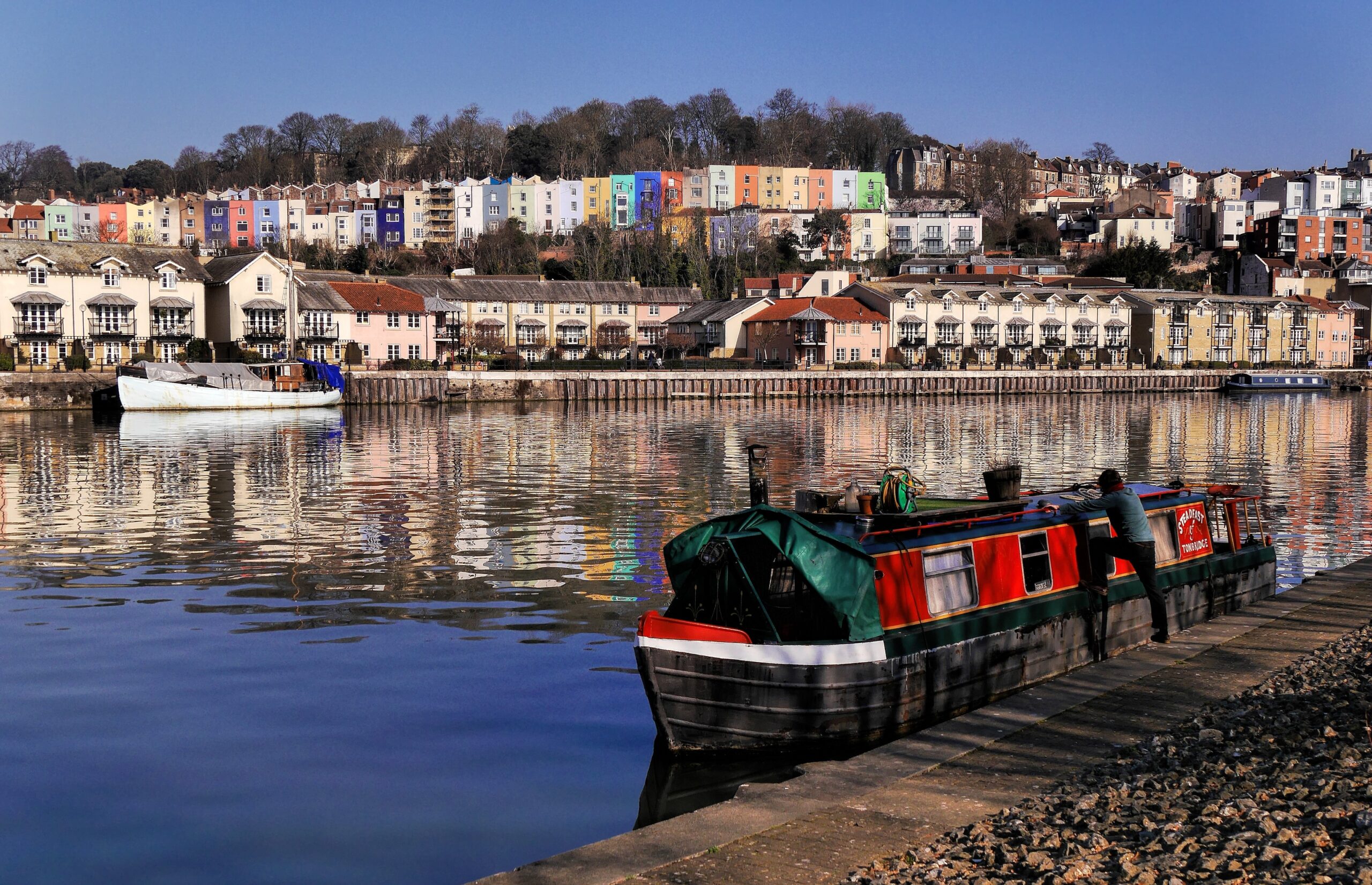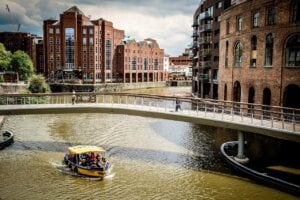Interesting Facts About Bristol
There’s no doubt that Bristol is a unique city rich with history. The city has been home to countless notable people and inventions over the last few hundred years and is the perfect mixture of historic and modern. But long before the city of Bristol was established, it was home to Neanderthals and a Roman Settlement. With such an extensive history, it’s no surprise that there’s also no shortage of interesting facts about Bristol. Here’s a list of some of our favourite interesting facts about Bristol.
Pirates
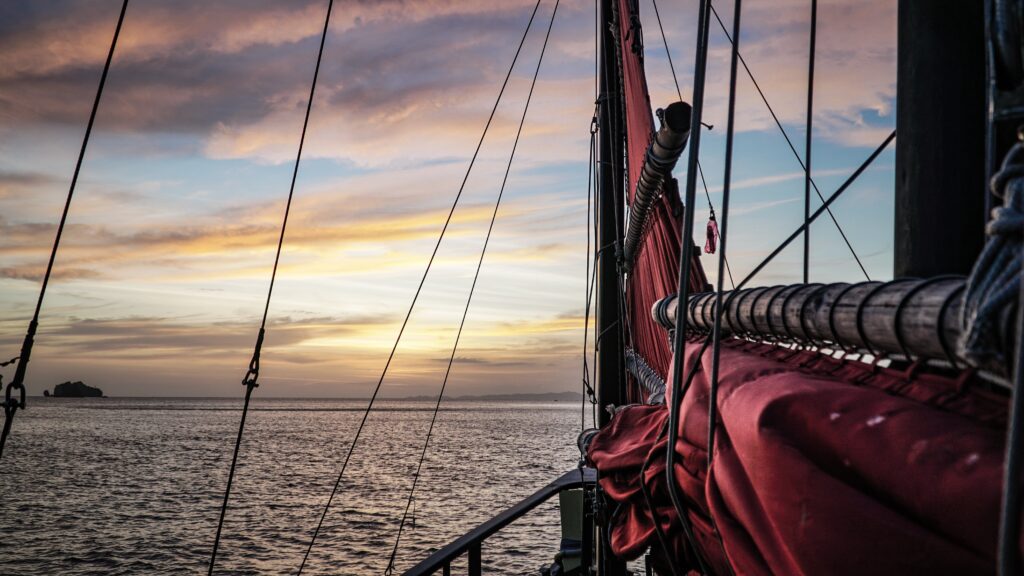
Bristol was home to one of the most notorious pirates of all time, Blackbeard. Edward Teach was born in Redcliffe in 1680 and grew up only a few blocks from the water. He began sailing on merchant and slave ships travelling to the Caribbean before joining the Royal Navy during Queen Anne’s War, which began in 1702. After the war, he joined the crew of famous pirate Benjamin Hornigold and was quickly put in command of his own ship. Together, the two travelled the Caribbean, attacking the ships and islands they passed. In 1717, Blackbeard famously attacked a French merchant vessel called La Concorde, which was carrying slaves. He seized the ship and renamed it Queen Anne’s Revenge. Blackbeard sailed Queen Anne’s Revenge equipped with a crew of 400 and 40 guns onboard. Over the next year, he would go on to capture more than 20 ships, stripping them of anything valuable.
By 1718, he had made his way north to South Carolina, where he blockaded the port of Charles Town. He demanded medical equipment and held the town for ransom, holding ships, cargo and sailors captive until his demands were met. Once he received the medicine, Blackbeard continued to sail north before being killed in battle off the coast of North Carolina in November of 1718. While his career only lasted a few years, Blackbeard remains one of the most famous pirates of all time and has had countless characters and stories based on his life, including Blackbeard in the fourth Pirates of the Caribbean movie, On Stranger Tides.
The Bristol Pound
In 2012, Bristol introduced its own currency, the Bristol Pound, written as £B. The currency was a way to encourage both residents and visitors to spend money at local businesses. The Bristol Pound can be used at countless businesses around the city as well as to pay utility bills and local taxes. There are other cities and towns around the UK, but Bristol’s is the largest community currency in the country. In only five years, more than five million Bristol Pounds were spent. The currency is managed by a local non-profit as well as the Bristol Credit Union, who guarantee that all sterling pounds that are converted to Bristol Pounds are entirely backed and that the exchange rate is always one Bristol Pound to one sterling pound. Just like sterling pounds, Bristol Pounds can be used as both printed paper money as well as electronically.
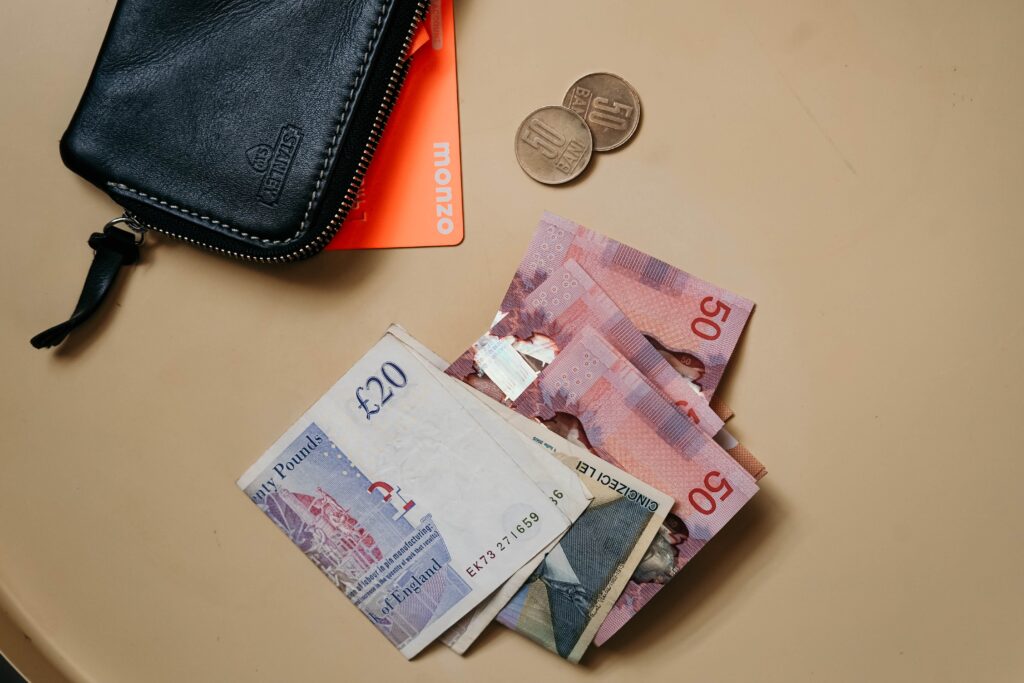
There are seventeen locations throughout Bristol where individuals can exchange their sterling pounds for Bristol Pounds, and they can also be ordered online using the Bristol Pound website. In addition to being a unique aspect of the city, Bristol Pounds also benefit small businesses. This is because all electronic Bristol Pound payments are made using SMS, so the businesses don’t need to purchase a credit card reader. Many businesses in Bristol even offer customers discounts if they use Bristol Pounds to further the incentive to shop small and spend locally.
The First Ever Bungee Jump
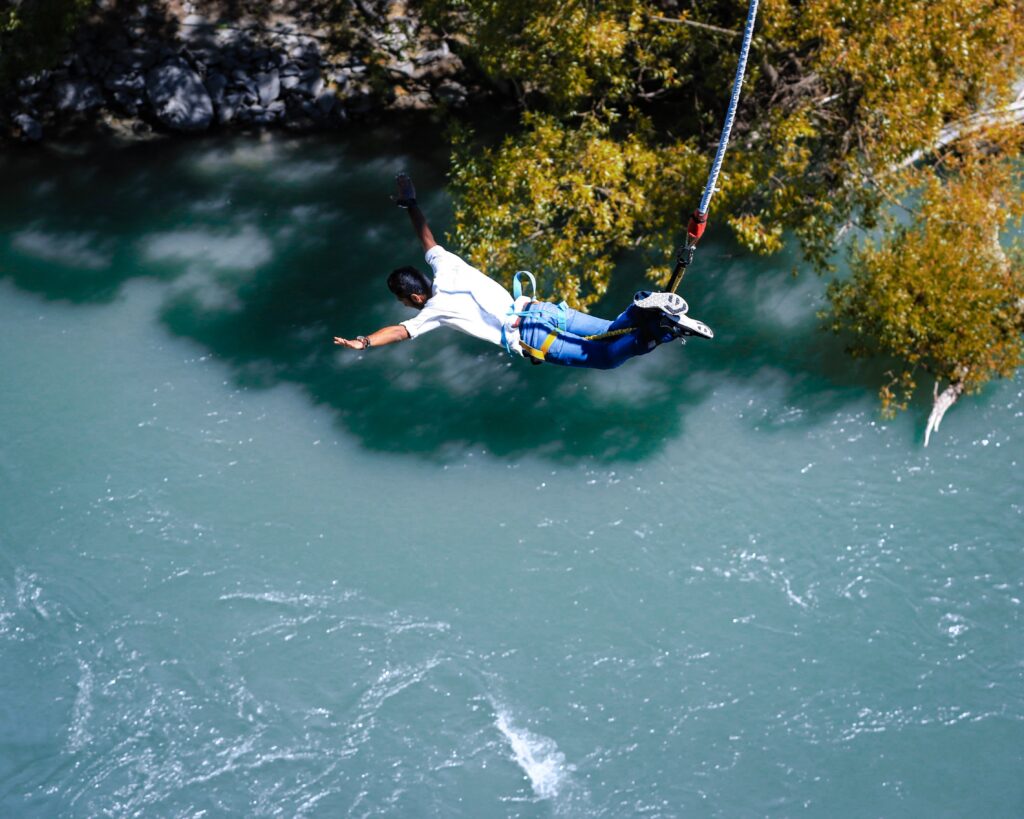
The Clifton Suspension Bridge is one of the most iconic Bristol landmarks and has been used as an identifier for the city since it was completed in the mid-1800s. But many don’t know that the bridge was home to the world’s first bungee jump more than 40 years ago, on 1 April 1979. Members of the Oxford University Dangerous Sports Club travelled to Bristol to jump off the famed bridge, which sits 331 ft or 101 m above the Avon Gorge. Students and club members David Kirke and Simon Keeling were the two to attempt the jump, and they brought professional climber Geoff Tabin with them to tie their ropes to the bridge.
While their jump was successful, the duo was arrested shortly after but released when they promised they wouldn’t attempt it again. Instead, they travelled the United States jumping off the Golden Gate Bridge in California, the Royal Gorge Bridge in Colorado, and countless others as well as out of hot air balloons and off cranes. As they travelled, bungee jumping gained more attention and daredevils around the world decided to give it a try. Today, the sport is an incredibly popular activity worldwide. While you can’t bungee jump off the Clifton Suspension Bridge, the UK Bungee Club does hold a crane jump at the Lloyd Amphitheatre, where participants can bungee jump 160 ft near the picturesque Bristol Harbour.
British Concordes
The Concorde was one of the most revolutionary planes and one of only two supersonic passenger airliners that ever operated. What many aren’t aware of is the Concorde’s ties to Bristol. Development for the jet began in the 1950s and was a collaboration between Sud Aviation and the British Aircraft Corporation. The project began with committees like the Supersonic Transport Aircraft Committee being formed to look at how to make air travel at supersonic speeds possible as well as finding manufacturers capable of doing it. This research found that in order to achieve supersonic speeds, the plane would need a unique shape and a wing structure known as a slender delta. At the time, many thought that the Concorde was revolutionary and the future of travel. The second prototype, 002, was constructed at Filton Airfield in Bristol and made its first flight to RAF Fairford on 9 April 1969. A few years later, in 1972, 002 did a tour of the Middle and the Far East and then the following year, visited the United States.
Initially, there was a lot of interest in the Concorde, and 18 airlines ordered a total of 66 planes. But as development continued and the cost increased to nearly £23 million per unit, all but Air France and British Airways cancelled their orders. In the end, only 20 aircrafts were built, which included six prototypes and a development aircraft. The Concorde flew from 1976 to 2003 before being retired. Both Air France and British Airways decided to retire the planes at the same time due to low interest after an Air France Concorde crash in 2000 that resulted in all 100 passengers and nine crew members dying as well as the expensive ticket prices. The final voyage made by the last Concorde, Concorde Alpha Foxtrot, was from Heathrow to Filton Airfield in October 2003. Before making its descent, the aircraft flew over the Clifton Suspension Bridge and is now on display at Aerospace Bristol.
Hot Air Balloons
Cameron Balloons, the world’s biggest hot air balloon manufacturer, first opened in Bristol 50 years ago in 1971. Founder Don Cameron had made ten hot air balloons under the name Omega, and in the early years, production was based out of his home and an old church in the city. It wasn’t until 1983 that Cameron Balloons moved to their current home on St John’s St in Bedminster. Hot air balloons have been an important part of Bristol’s history since the late 1970s. The first Bristol International Balloon Fiesta took place in 1979. Every August, more than 100 hot air balloons, many of which were made by Cameron Balloons, fill the Bristol sky and spectators from around the world flock to the city to watch. There are two launches daily, at 6 am and 6 pm, as well as small scale air displays from world-renowned teams like the Red Arrows.
The Bristol International Balloon Fiesta also holds the world record for the number of balloons to land in one field. Most recently, in 2014, 90 balloons landed at the former Cadbury’s chocolate factory in Keynsham. In addition to making many of the balloons at the Fiesta, Cameron Balloons has made nearly 70% of the hot air balloons currently registered in the UK. They’re best known for their unique shapes and make an impressive 500 hot air balloons every year, which can be found all around the world.
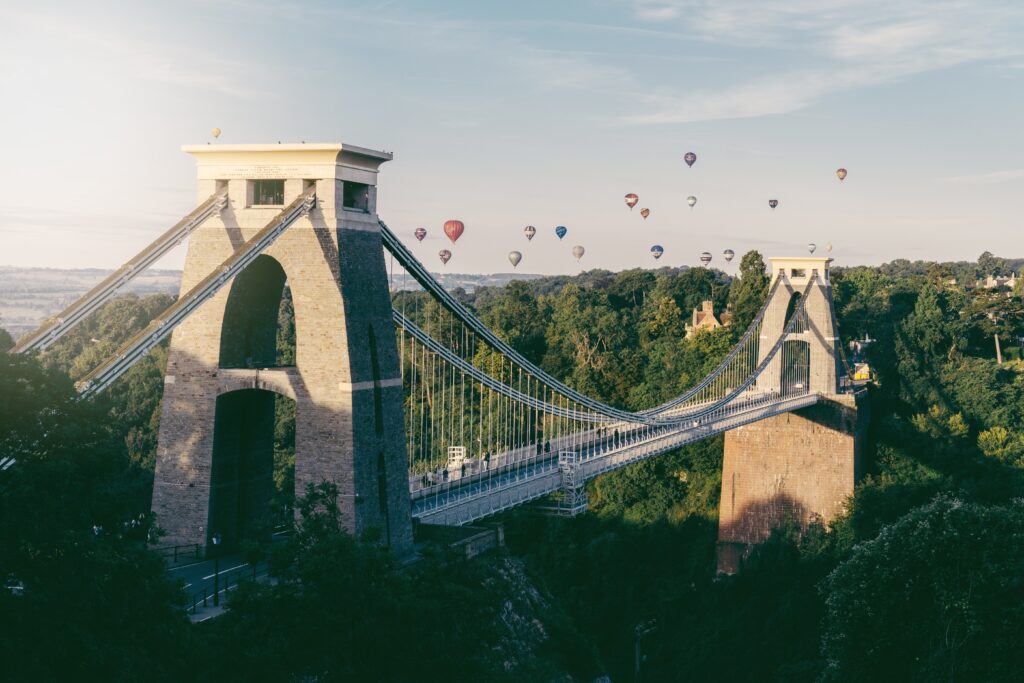
Harry Potter Inspiration
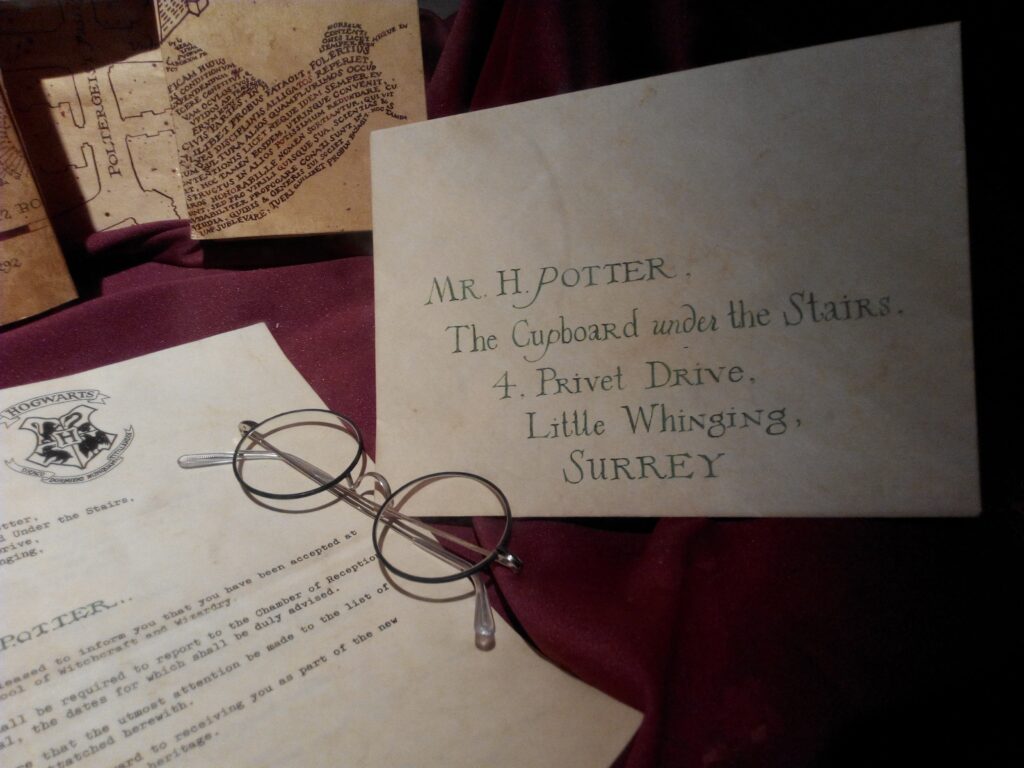
JK Rowling, the best-selling author of the Harry Potter series, is another famous Bristolian. Rowling was born in Yate, just north of the city, in 1965 before moving to Winterbourne when she was four and Tutshill, just across the River Severn in Wales, when she was nine. She completed her first book, Harry Potter and the Philosopher’s Stone, in 1995 when she was 30 years old. The history of where she wrote the book and what inspired it is very well known. At the time, Rowling lived in Edinburgh and wrote much of the story at the Elephant House café just off the famous Royal Mile. Much of the inspiration for the books is said to come from Edinburgh, including Diagon Alley being based on Victoria Street and the real Tom Riddell’s grave just around the corner in Greyfriars Kirkyard, which inspired Voldemort’s name, Tom Riddle.
But it’s also said that Rowling found inspiration in Bristol, where she spent a lot of time as both a child and young adult. It’s often said that Harry Potter was based on a young boy she had met in Bristol, and the surname Potter came from two siblings in her neighbourhood in Winterbourne who she used to play storytelling games with. While Rowling hasn’t given a lot of detail over the years about specific events and places that inspired the books, we can only assume there are some other Bristol inspirations in the books and movies.
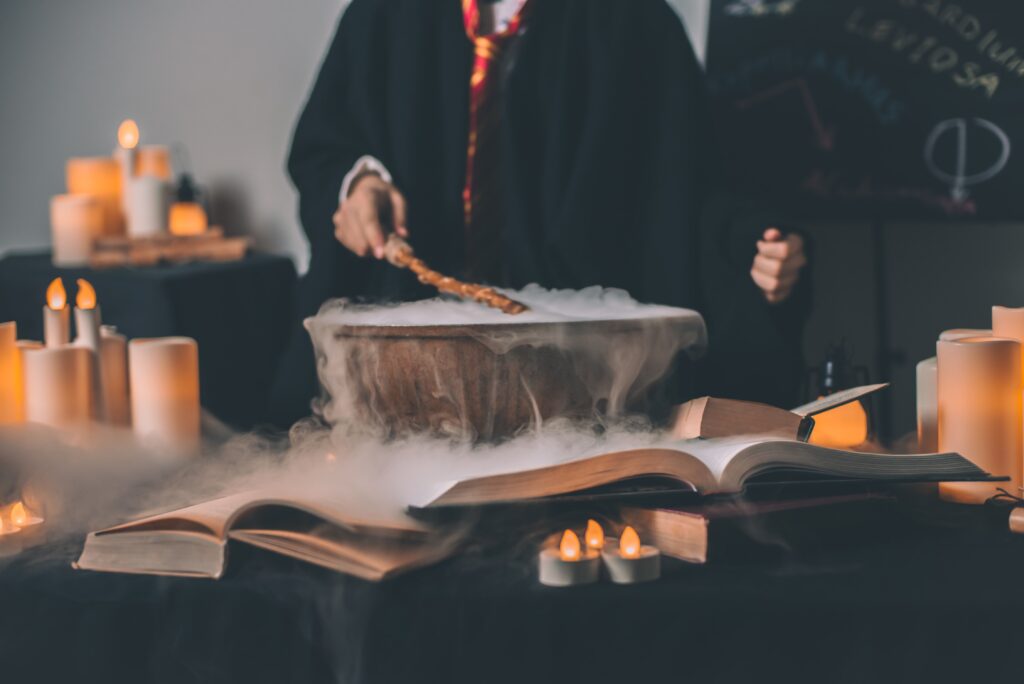
The John Horwood Book

The M Shed at Princes Wharf is home to one of the last surviving books bound with human skin, the John Horwood Book. John Horwood was an 18-year-old man from Hanham who was publicly executed in 1821 after he murdered Eliza Balsum. His corpse was then dissected during a public lecture at Bristol Royal Infirmary by surgeon Richard Smith. Smith had some of Horwood’s skin tanned so that it could be used to bind a collection of papers about the murder, Horwood’s trial and execution and the dissection of his body
Skulls and crossbones were also added to the cover of the book. For years the book was at the Bristol Archives, and a digital version can be found in the Bristol Archive’s searchroom as the actual book is too fragile to be handled anymore.
The Invention of Ribena
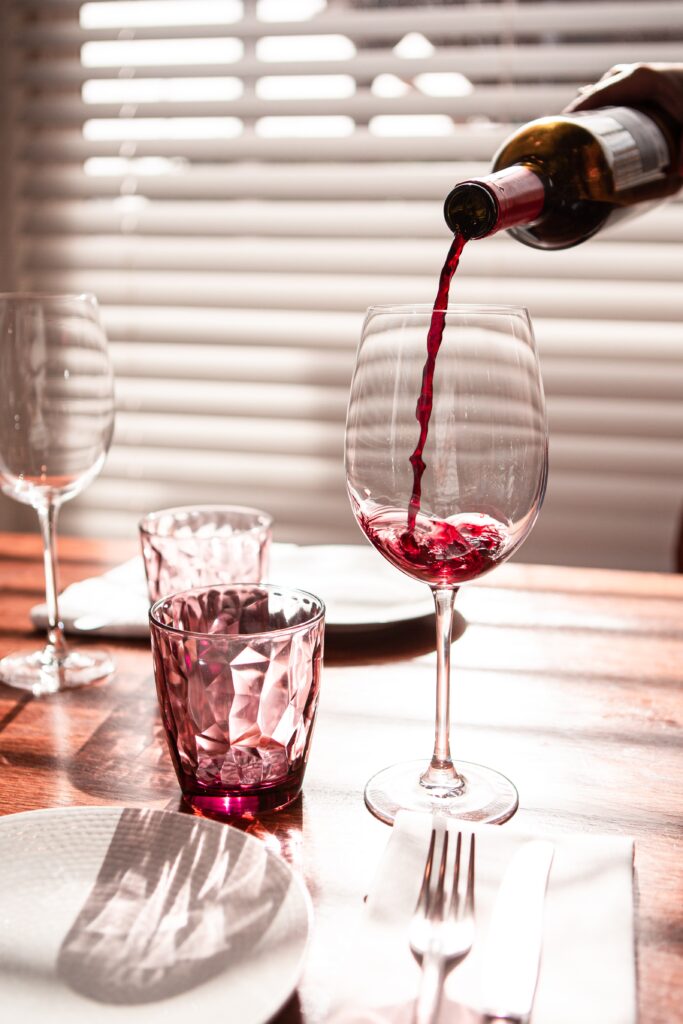
One of the UK’s most famous drinks, Ribena, was invented in Bristol in the 1930s. It was first developed by a scientist at the University of Bristol, Vernon Charley, in 1933 and was named Ribena, after blackcurrant’s botanical name Ribes nigrum, in 1938. The drink became incredibly popular during the second world war when it was hard to find fruits high in vitamin C, like oranges. Blackcurrants, which are also high in vitamin C, were able to be grown in the UK, and the government pushed for increased crops. The majority of the crops were made into blackcurrant syrup and distributed to children around the UK, so they got enough vitamin C. After the war, the drink remained incredibly popular, and production was moved to the Royal Forest Factory in Coleford, Wales and it is still made there today almost 80 years later. Ribena has also become popular in other countries and can be found on shelves around the world.

